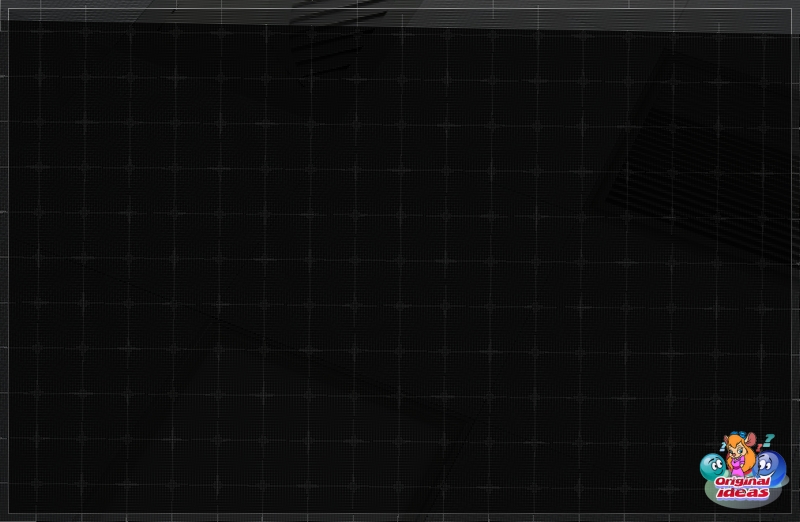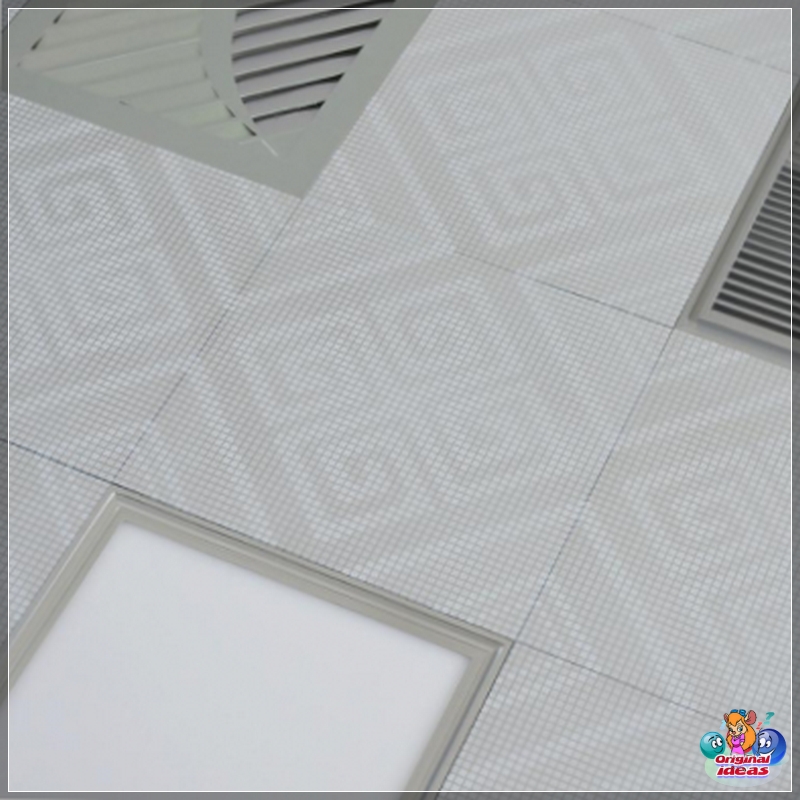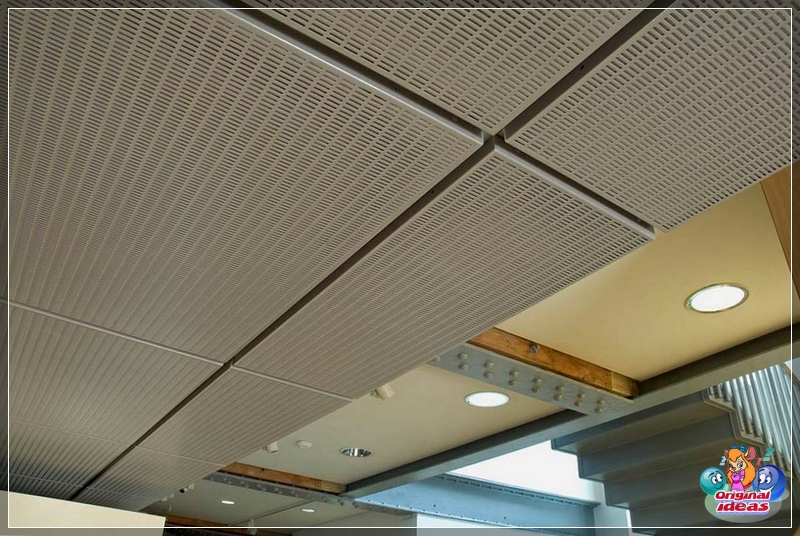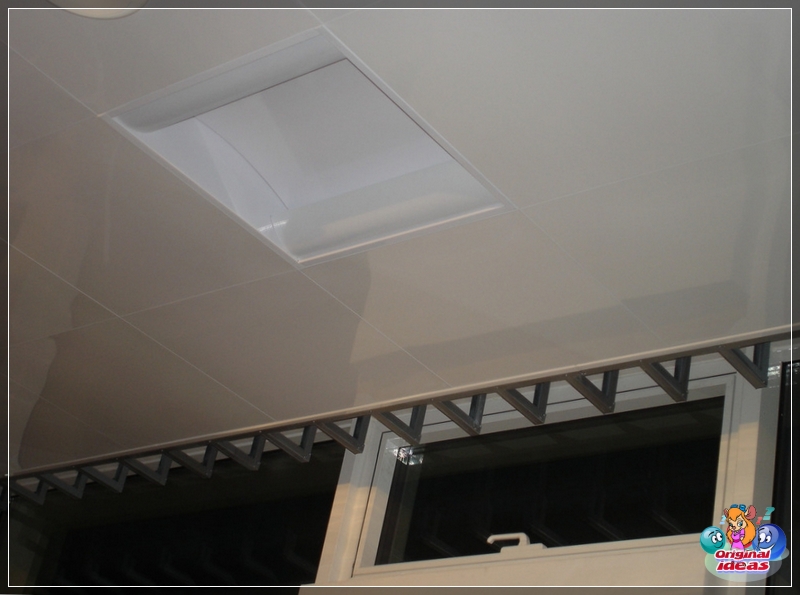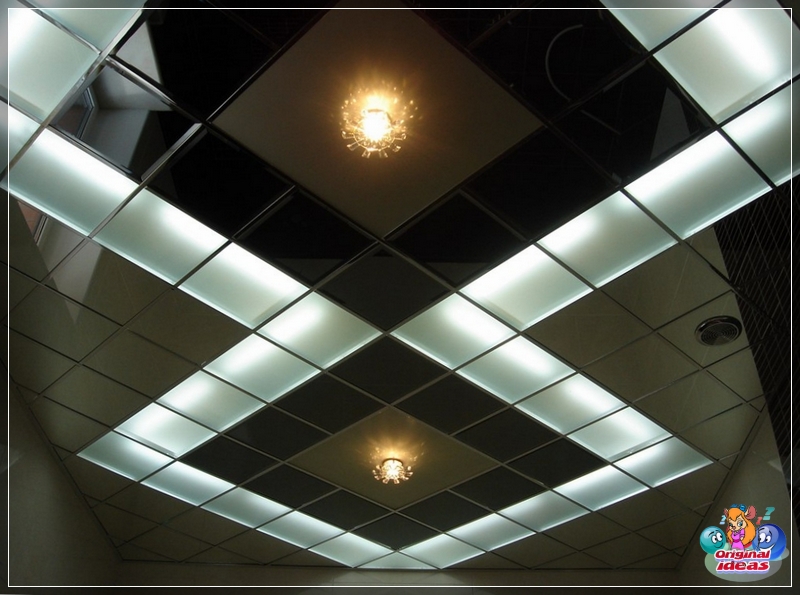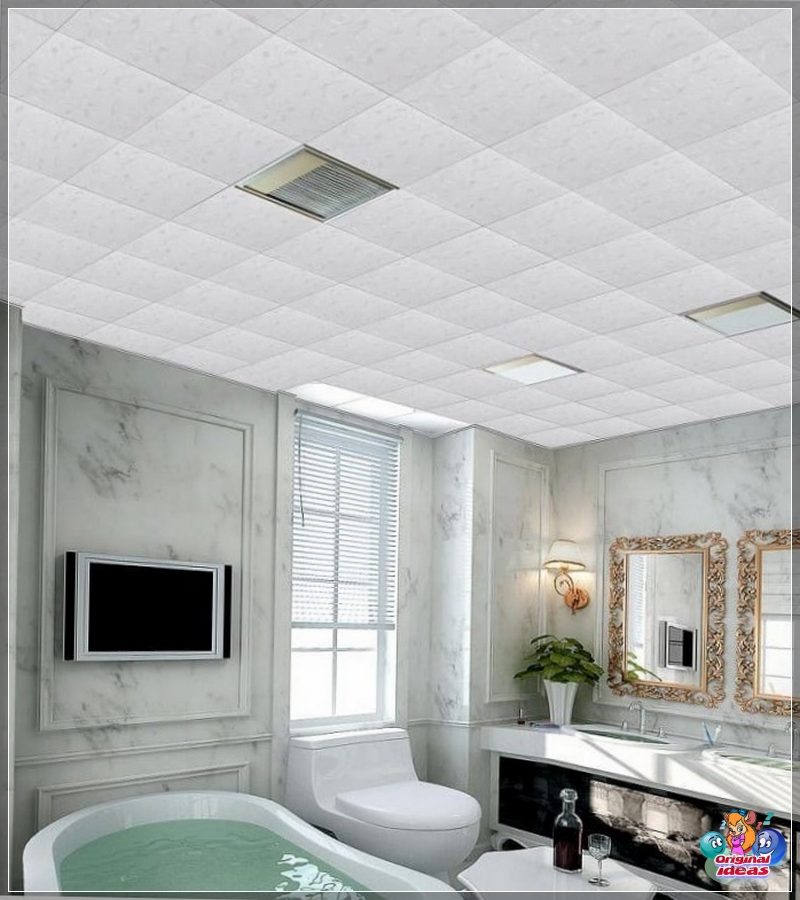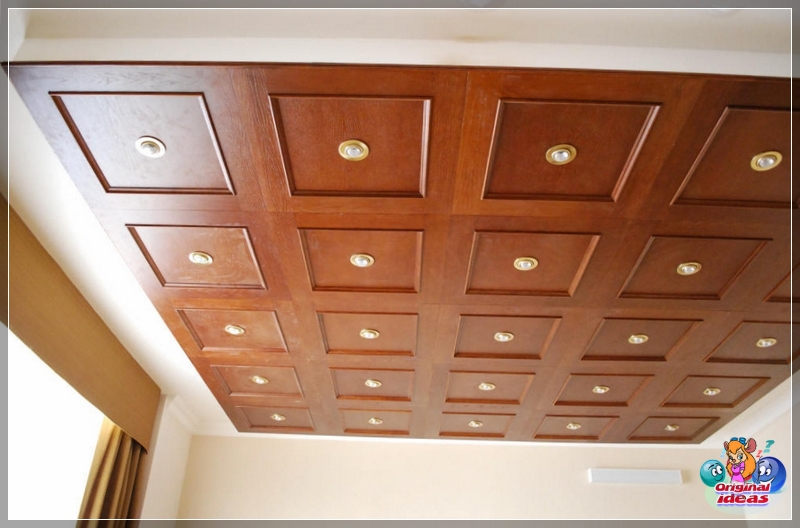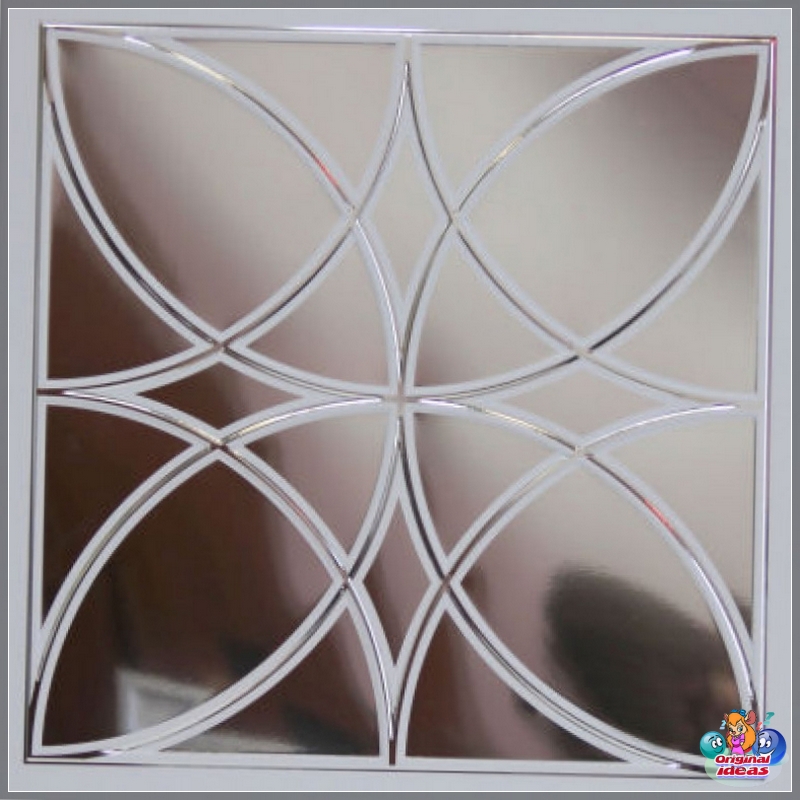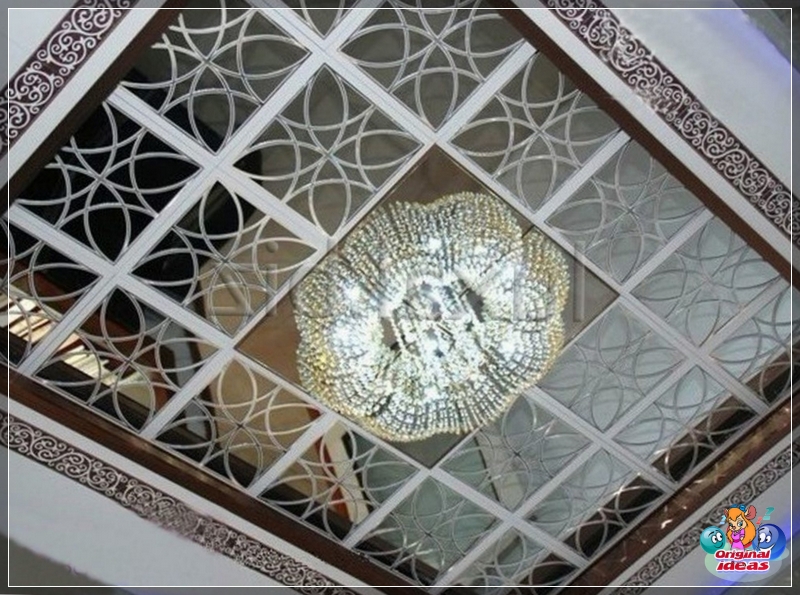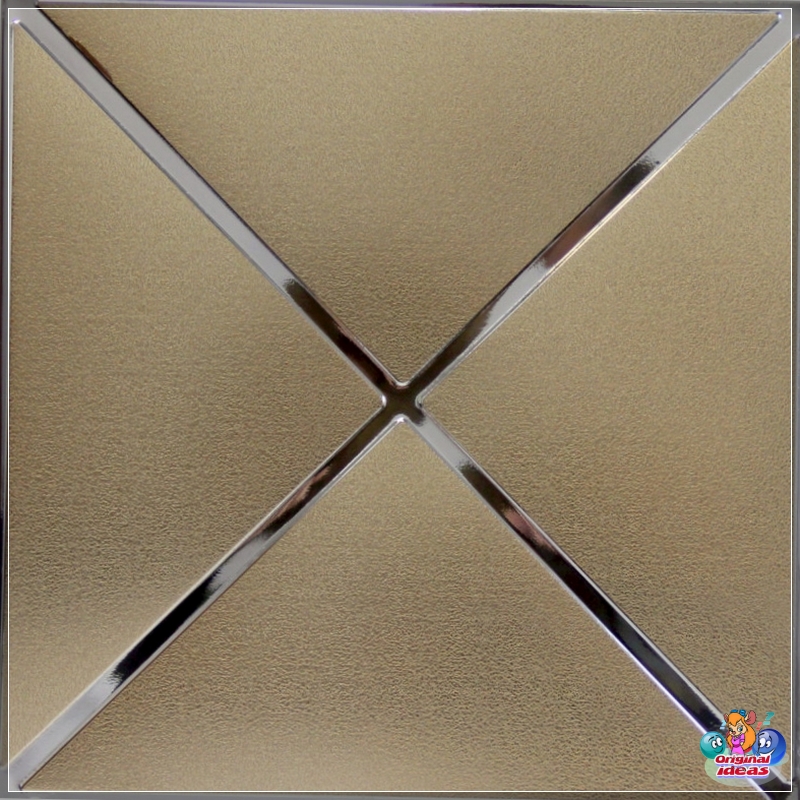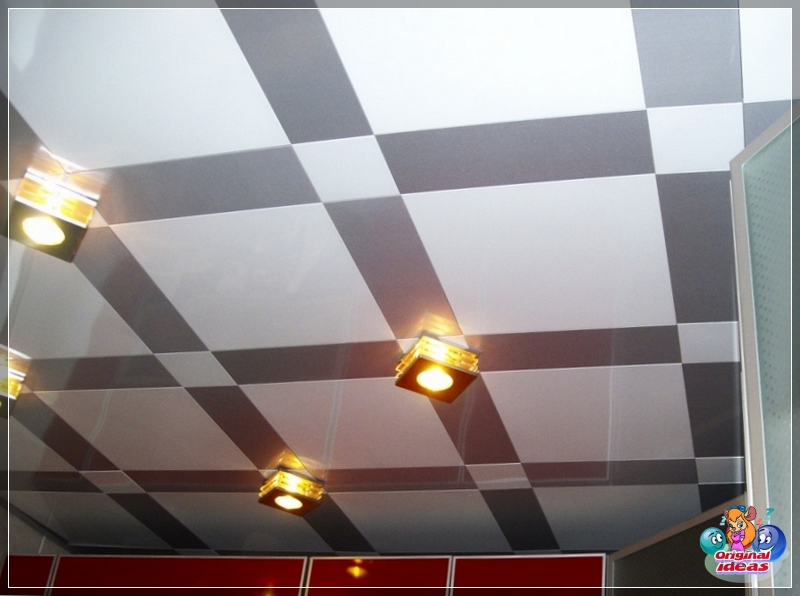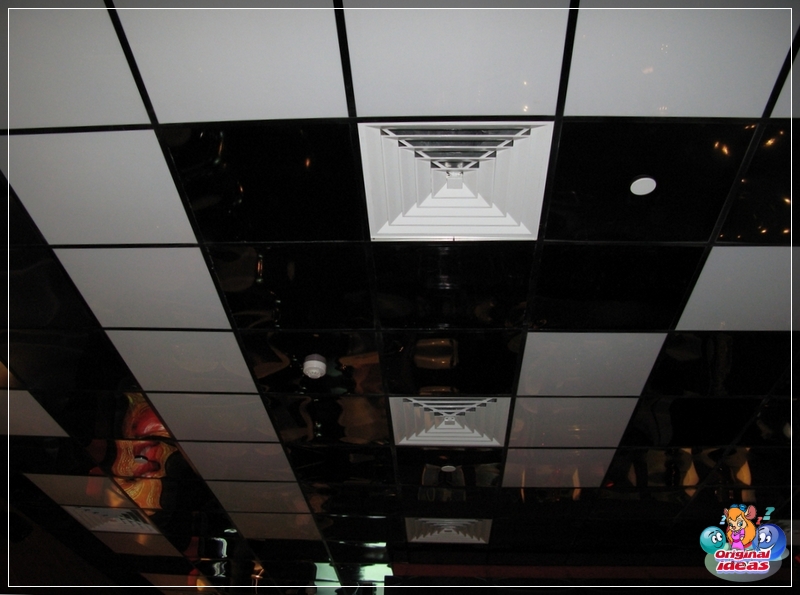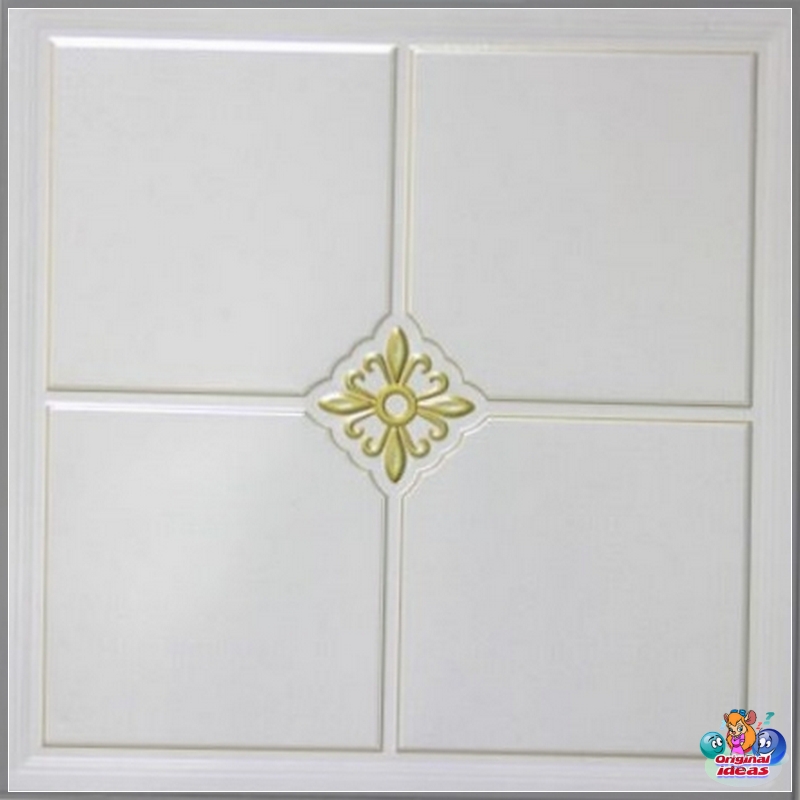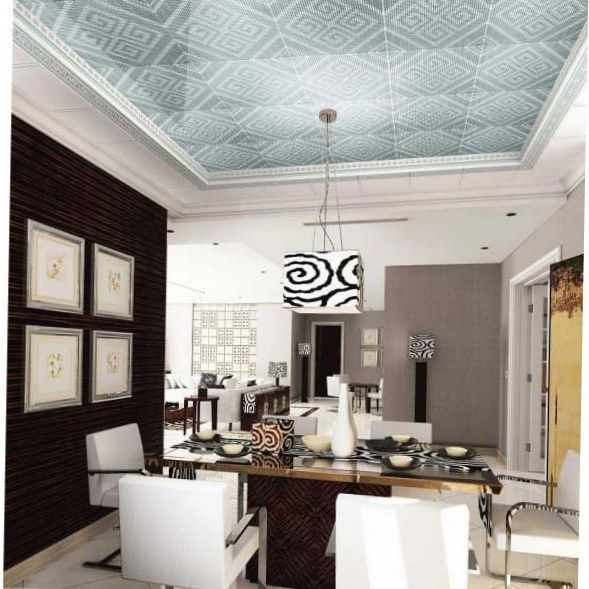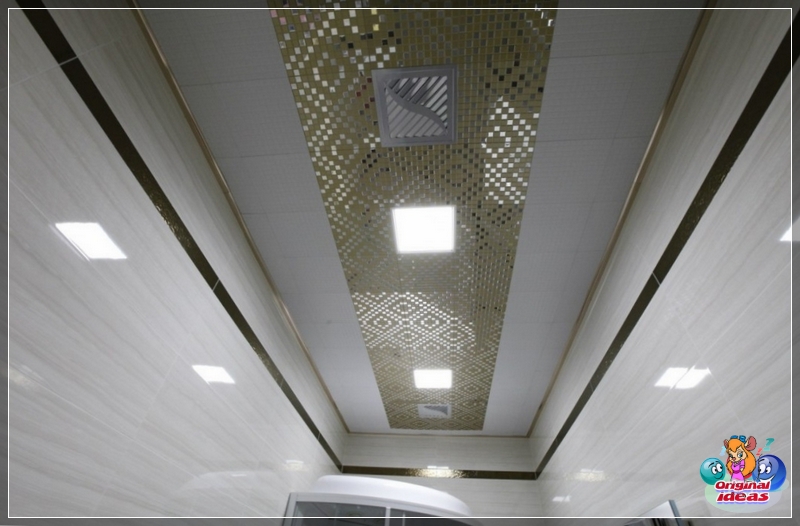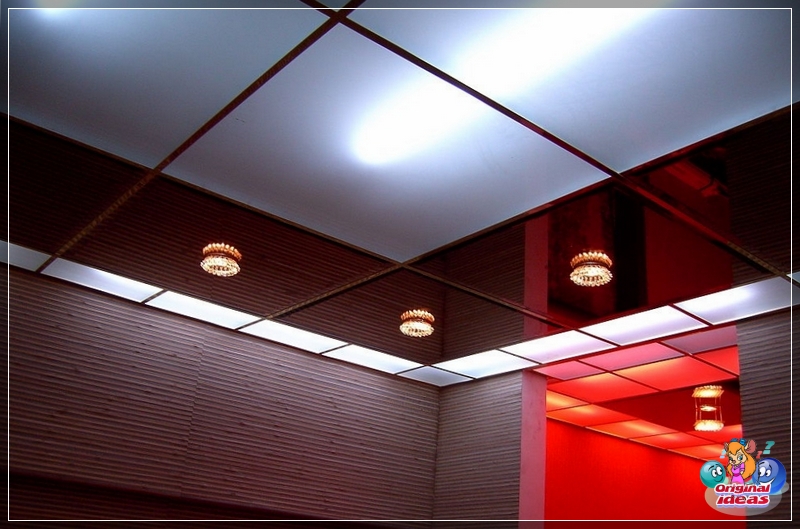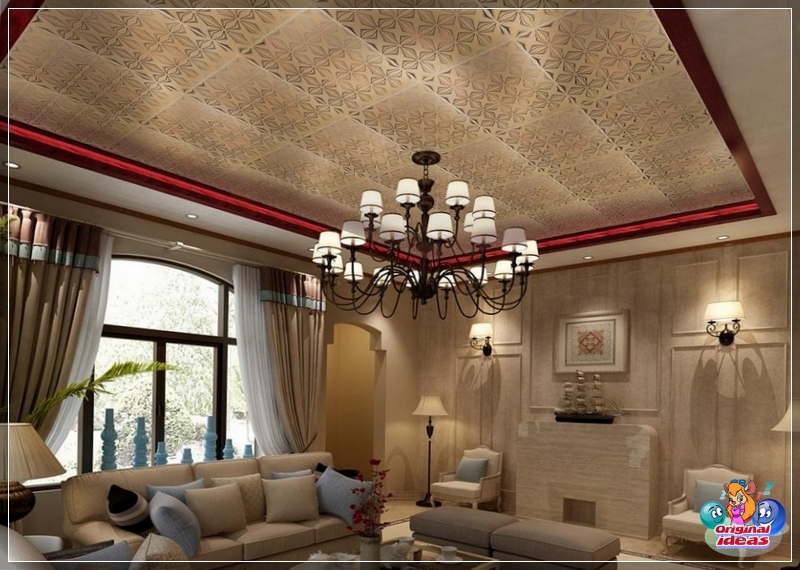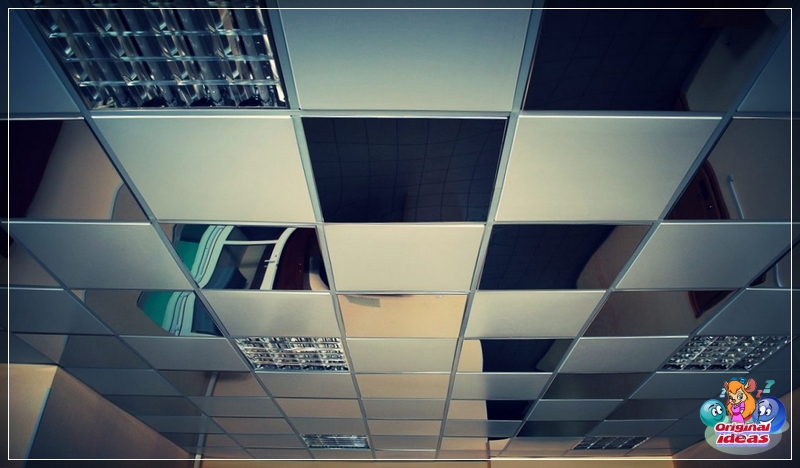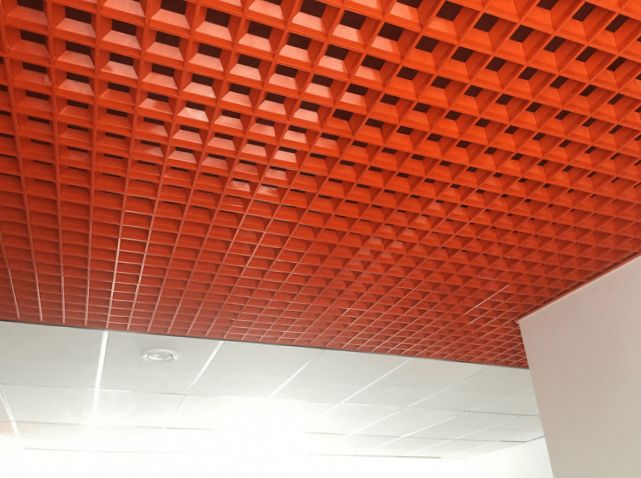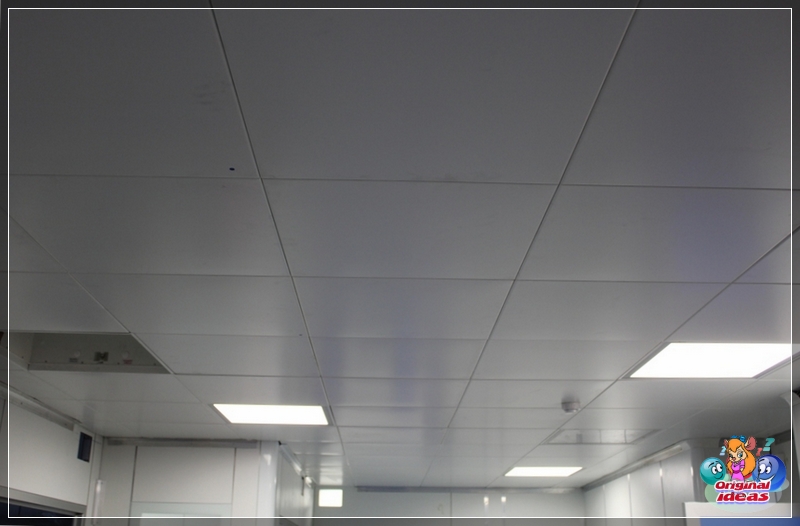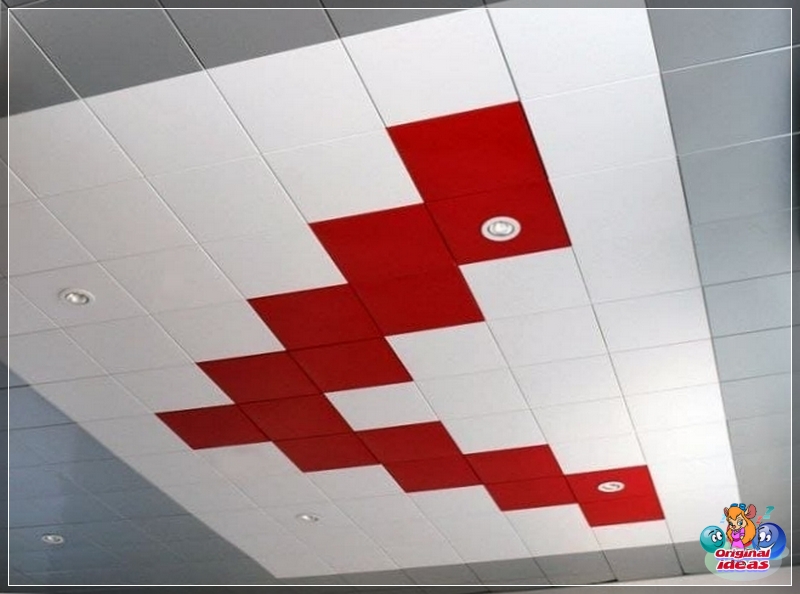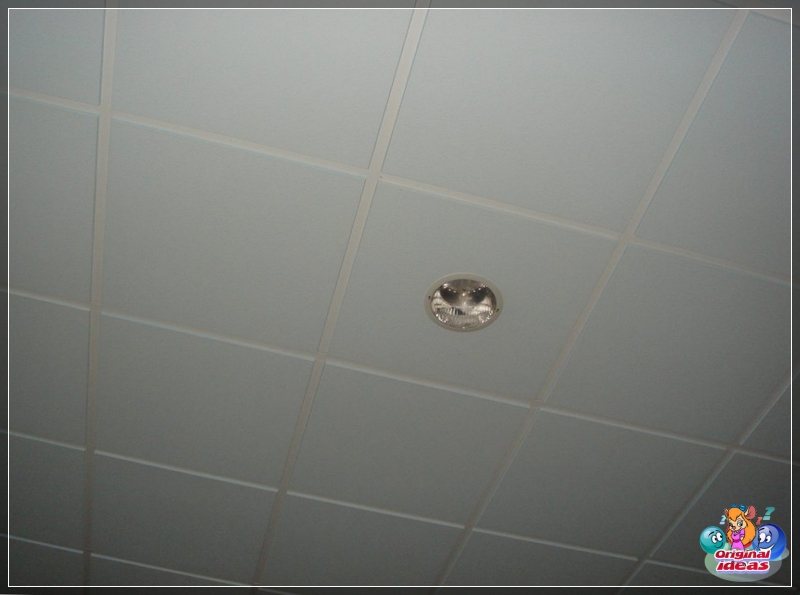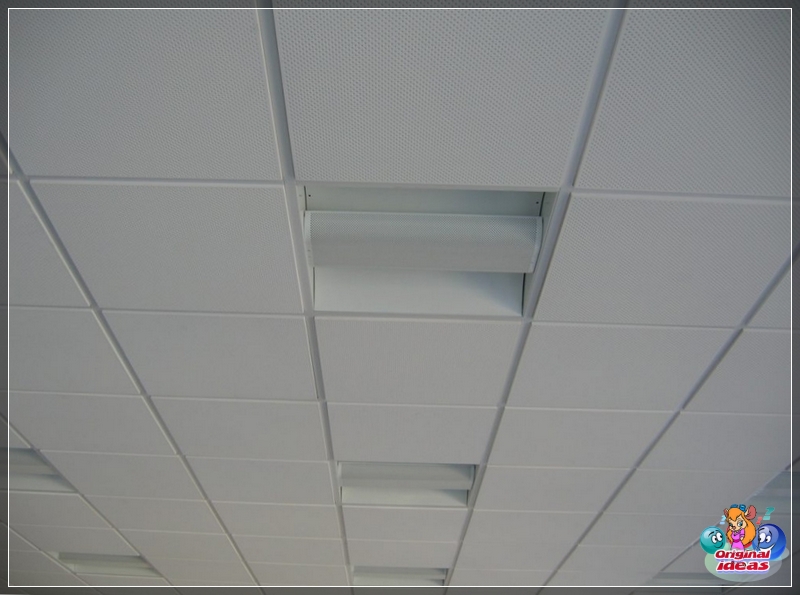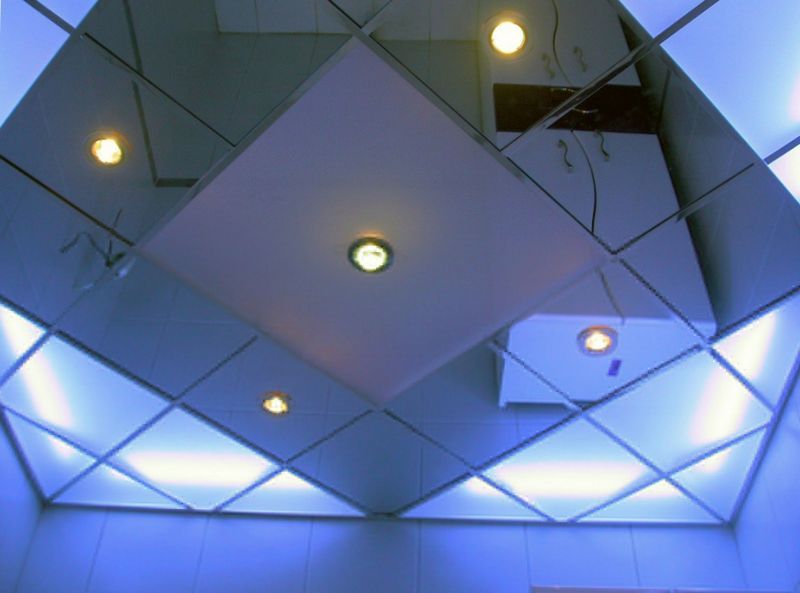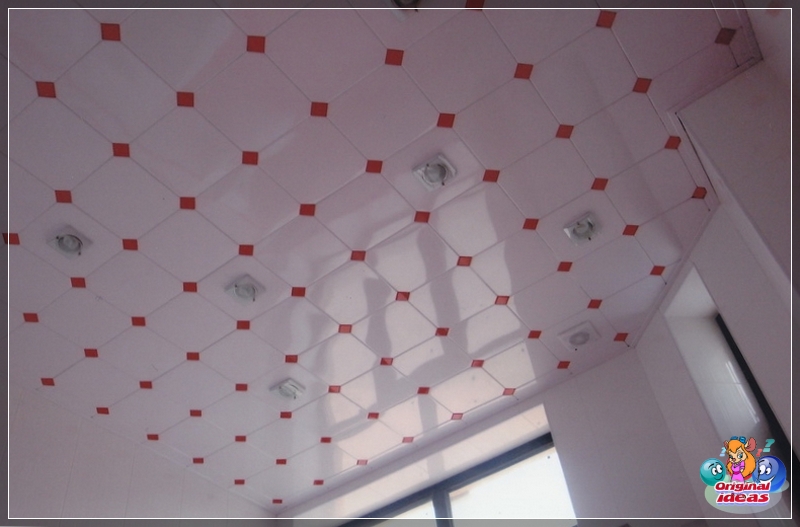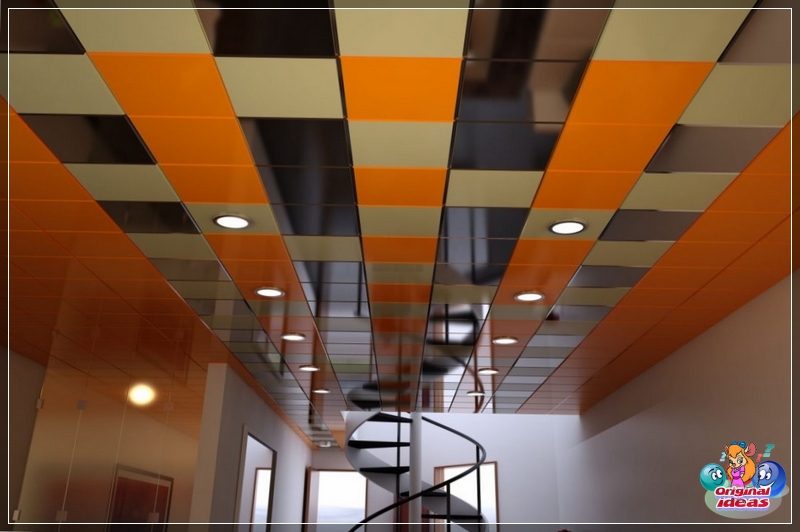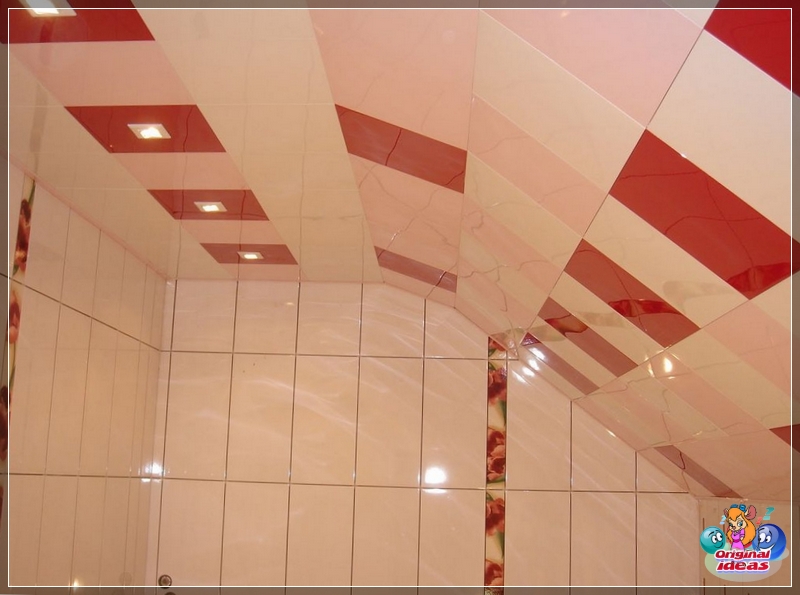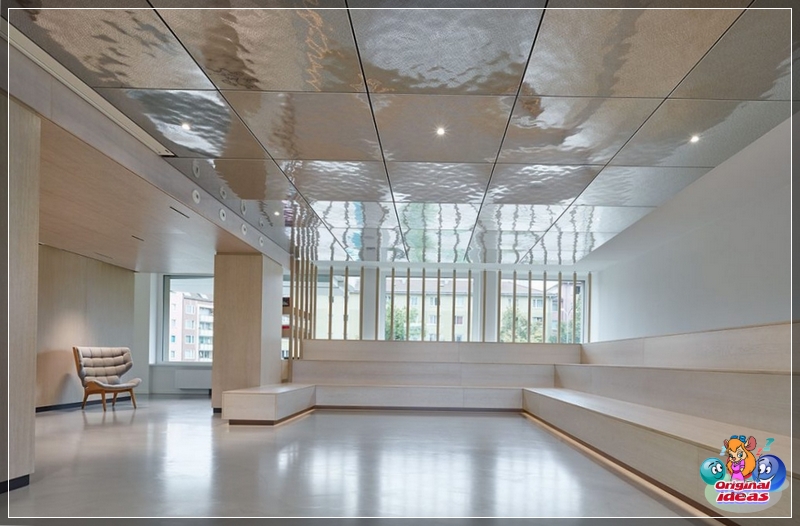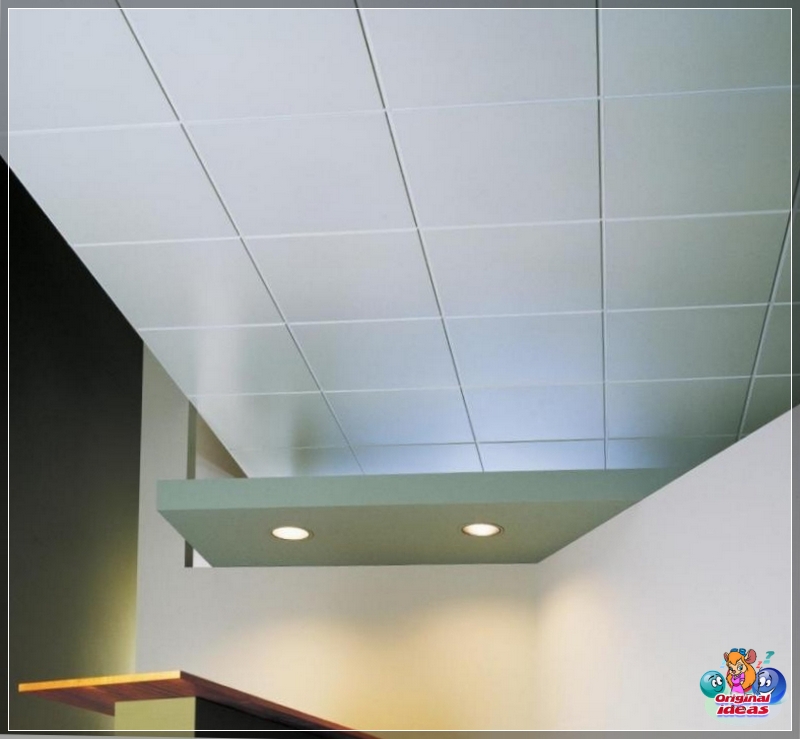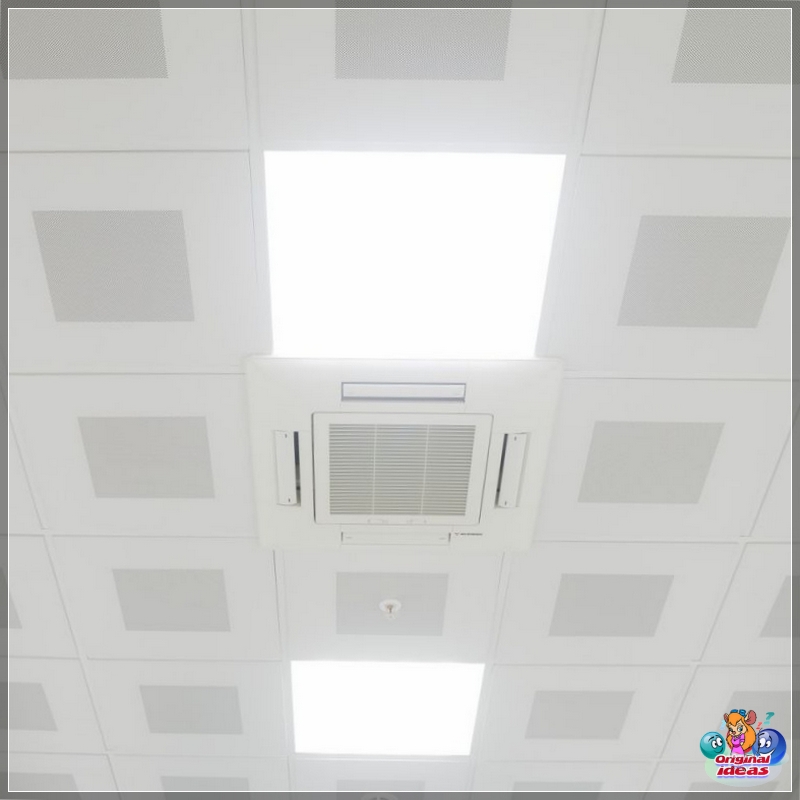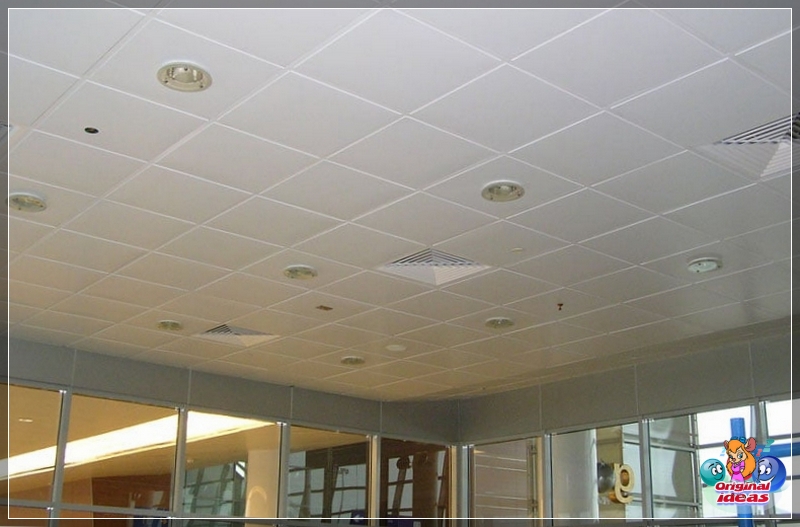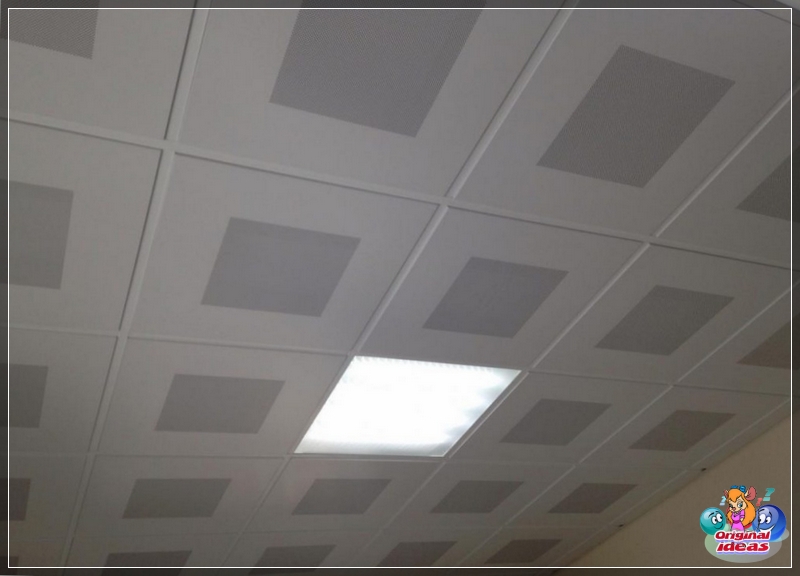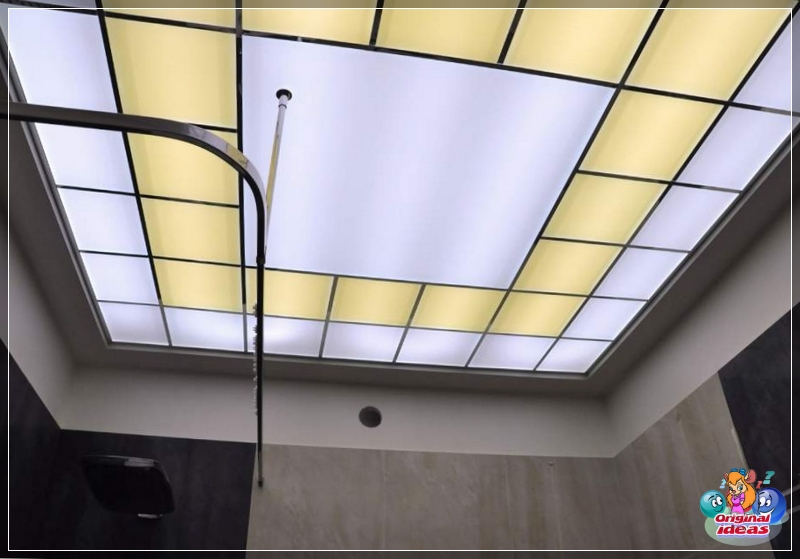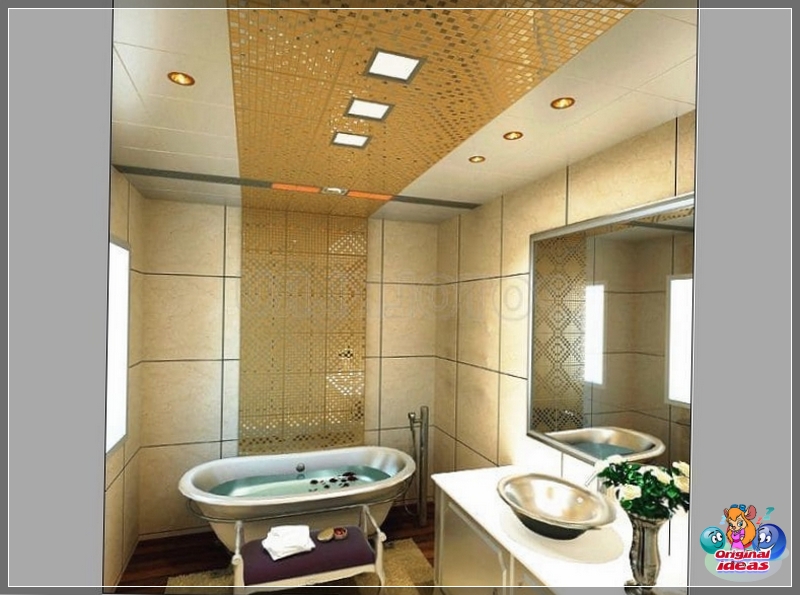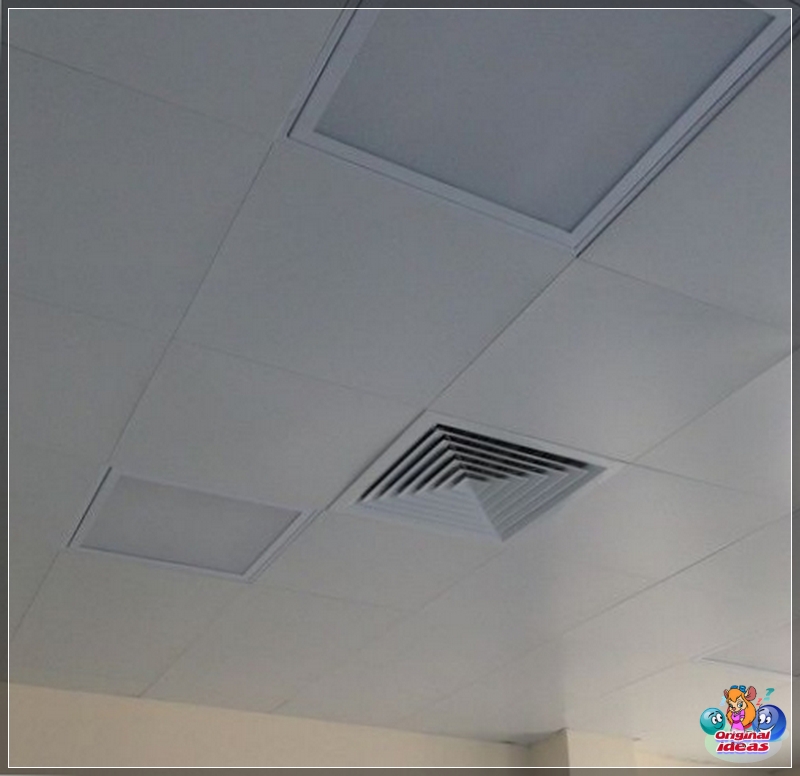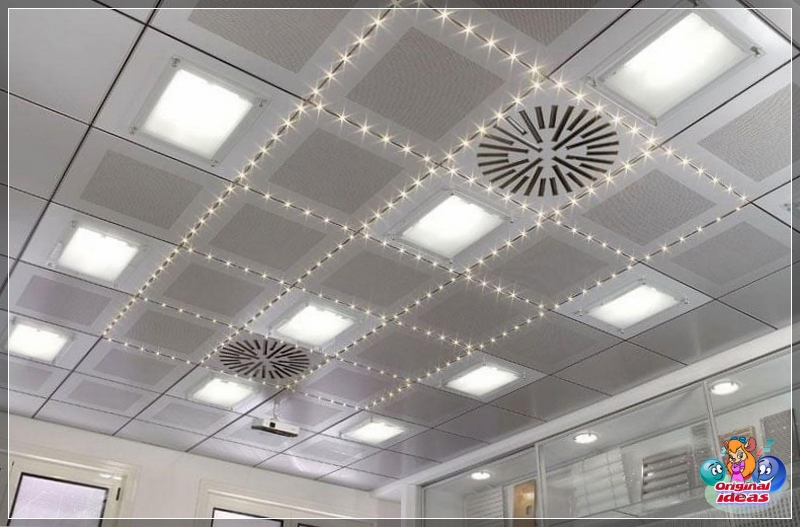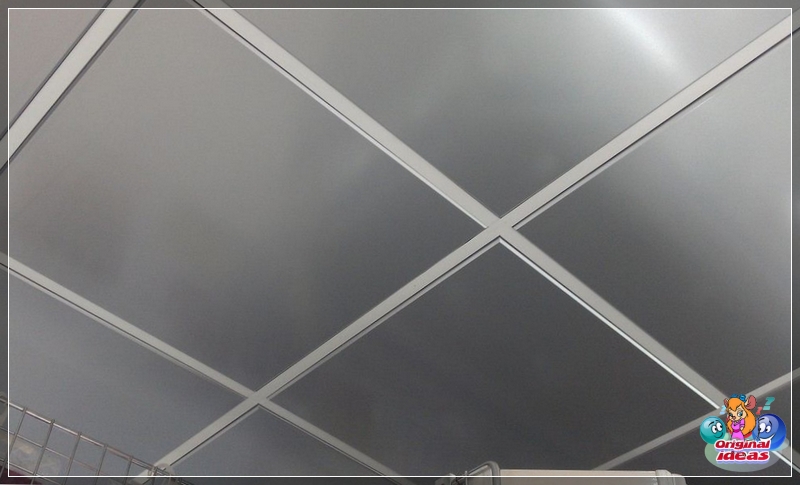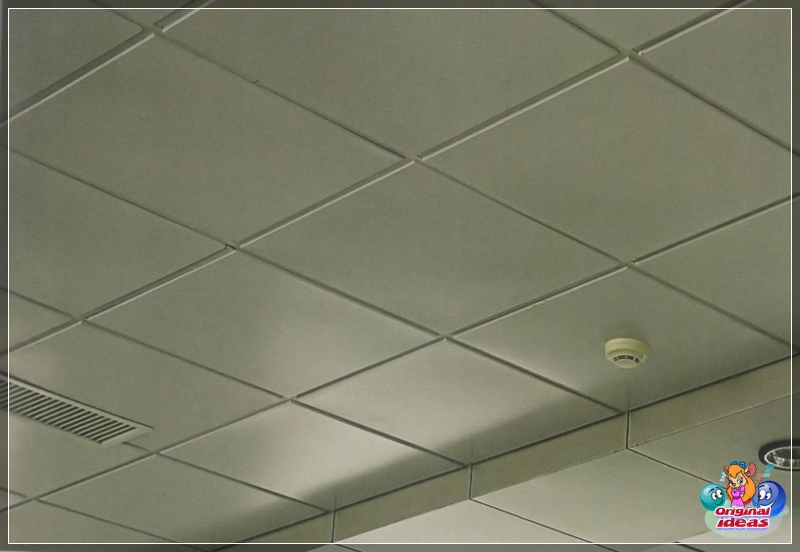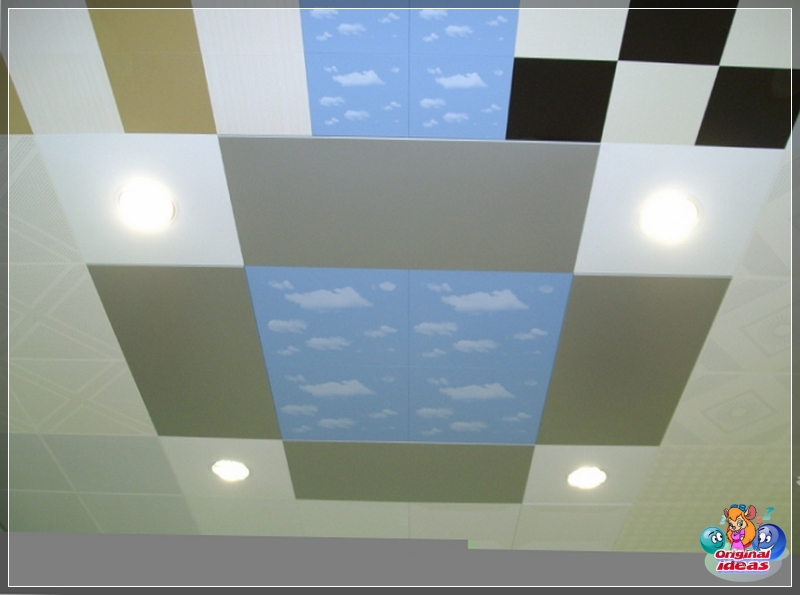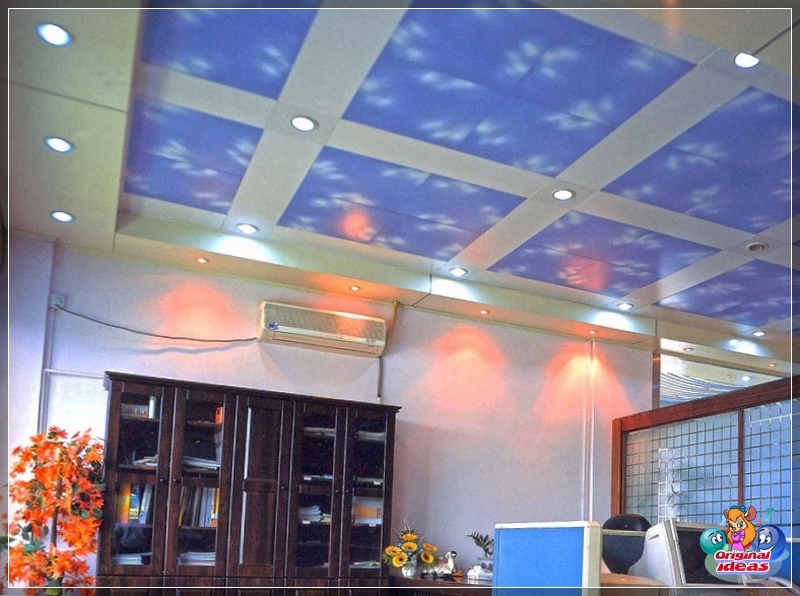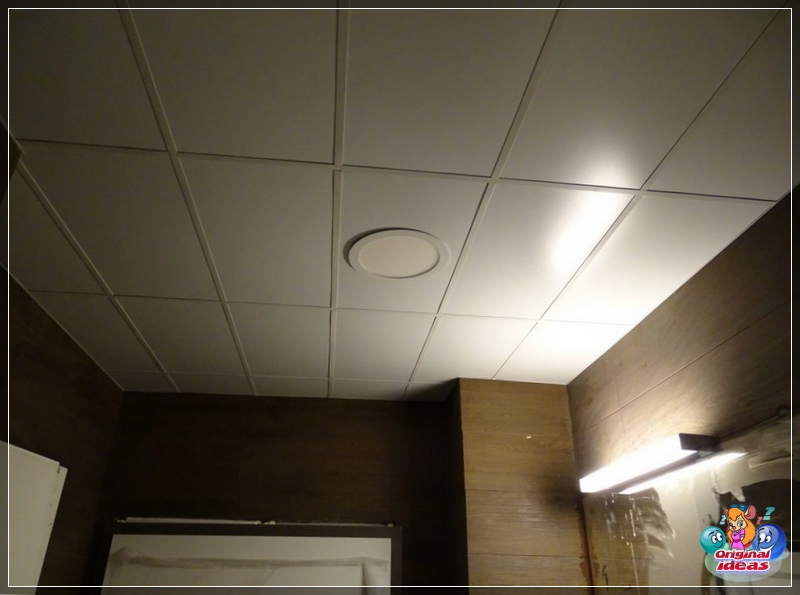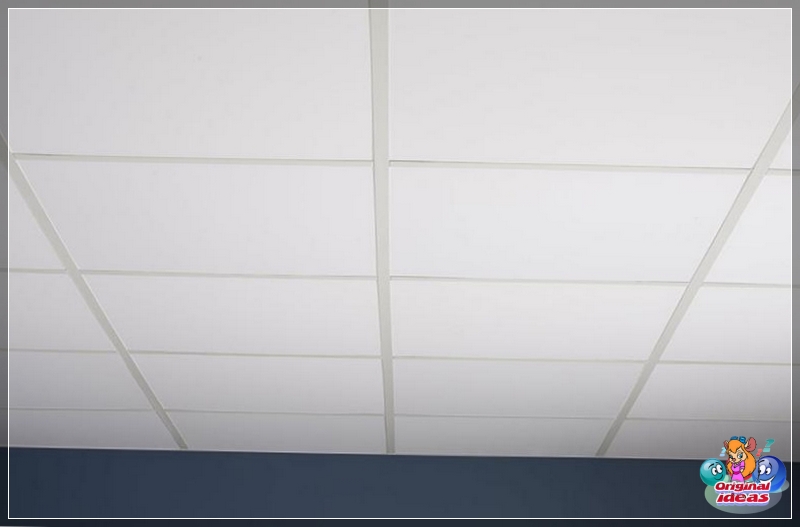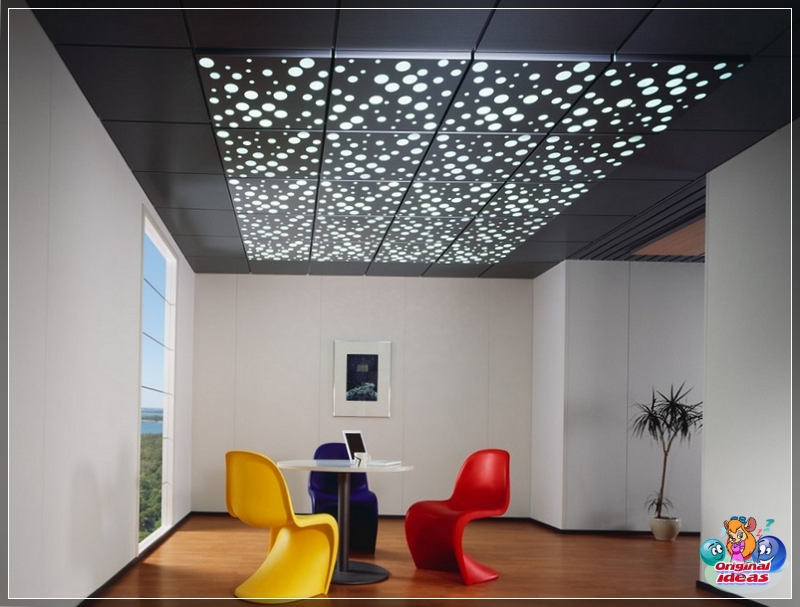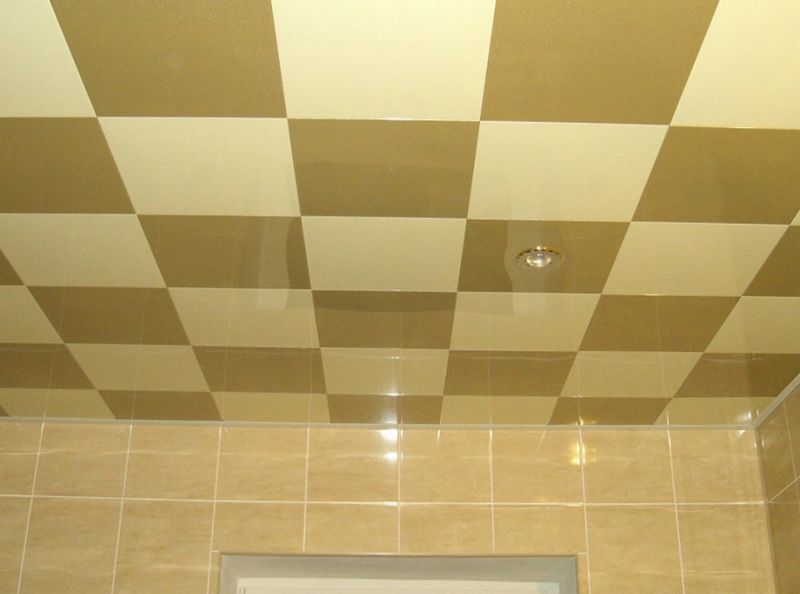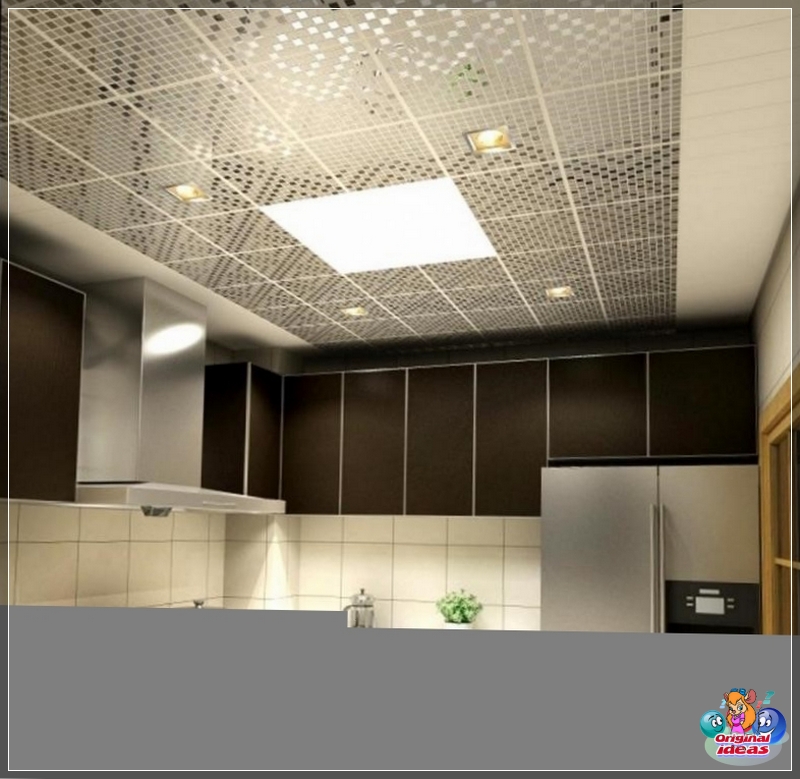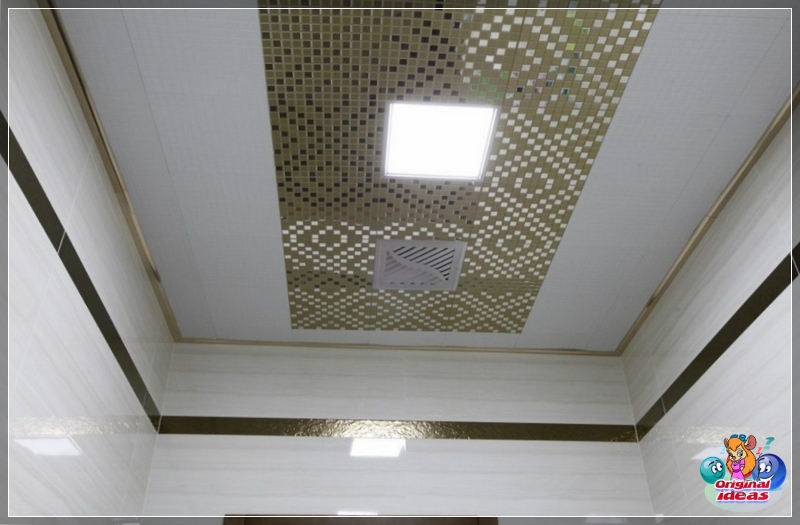Nowadays, you will hardly surprise anyone with tension structures. They are located in almost every 3-5 houses. But the cassette ceiling in a private household or apartment is still a rarity, since until recently, due to its overly official appearance, this type of ceiling decoration was used mainly in public buildings. But modern cassette ceilings today can compete in beauty with all types of suspended systems, and even surpass many of them in quality.
Installation of cassette ceilings
The cladding industry offers a variety of suspended structures. All of them, by and large, are attractive, have their own purpose, as well as pros and cons. But not all of them can be installed independently, and installation sometimes costs more than the materials themselves.
In this aspect, cassette systems, against the background of other difficult-to-install suspended coverings, benefit, since they are easily installed with their own hands. Moreover, when working independently, their attractiveness and operational characteristics are preserved, as well as the costs of decorating a stylish modern ceiling are significantly reduced.
Cassette (raster) structures refer to the type of modular coatings, consisting of:
from individual decorative plates (modules, cards, cassettes);
wall and supporting profile designed to form a metal frame;
suspensions that hold the frame in a horizontal plane;
and backlight.
Typically, the T-profile is available in standard colors - white, gold, gray, black and mirror, although a frame of any color can be purchased on request.
The modules are slabs of various configurations and sizes made of mineral fiber, the thinnest aluminum sheets and polycarbonate (plain, colored or patterned).
Pros and cons of cassette trim
According to experts, the main advantage of cassette structures is simple installation and easy access to ceiling communications. But apart from this, cassette ceilings have many other positive aspects, such as:
good maintainability;
the ability to repeat the outlines of the room - niches, ledges, recesses;
excellent acoustic properties and thermal insulation;
high moisture resistance and fire safety;
elementary care;
charming appearance, which is confirmed by numerous photos and a wide range of prices - from a standard budget option to an expensive exclusive;
hygiene;
durability - the basis of the raster system is galvanized steel and aluminum, which do not rot, are not afraid of rust and temperature fluctuations, therefore they will last for decades;
as well as compatibility with any luminaires and the ability to install climatic equipment.
However, with a lot of advantages, one cannot fail to note the "fly in the ointment", which, although small, can nevertheless become a stumbling block when choosing a cassette ceiling cladding:
heavy weight;
quite noticeable decrease in the height of the room - 8–20 cm.
Types of raster ceilings
Depending on the location of the slabs, cassette ceilings are:
hidden suspended structures - when the front plane of the modules is at the level of the frame or slightly lower;
open - if the front side of the cards is located 2-3 mm above the plane of the profiles.
In addition to the specifics of stacking modules, raster coatings differ in the material for making cassettes. In this regard, the following types can be distinguished:
Metal cassette ceilings. Made of galvanized painted steel or aluminum. Such suspension systems have a smooth or perforated surface, glossy or matte, acoustic backing. Thanks to the combination of tiles, they allow you to create an original ceiling mosaic. Stand out in this group are aluminum ceilings Cesal (Russia) and RPO "Albes" products with non-standard colors - chameleon, imitation of wood, stone, marble, aged copper.
Gypsum. Raster structures, unique by their nature, which can be seen in the photo below. Elastic plaster allows you to sculpt any figure or ornament on the plane of the cassettes and form a ceiling covering unique in its beauty. Designers are happy to use such products in residential premises. But still they are not suitable for installation in places with high humidity - a bathroom, a loggia, unheated summer cottages, a kitchen and others.
Suspension systems made of mineral fiber boards. These cards are usually 8-15 mm thick. The most demanded ceilings from this segment are Armstrong ceilings (Great Britain), which are distinguished by a wide range of models, excellent sound and thermal insulation properties, rich colors, affordable prices and high quality.
Mirrored ceilings. Acrylic or silicate glass is used for the production of cassettes. Such structures have a reinforced profile and a fastening system. That is, mirror modules are not simply inserted into the frame cells, but are additionally mechanically fixed. They can be completely mirrored or with a sandblasted pattern applied to the surface, which will form matte inserts. Mirrored ceiling cladding visually increases the height of the room, therefore it is often used by designers for zoning space. Glass coatings are considered a variety of mirror paintings, which are valued for the ability to create stained-glass windows with beautiful illumination. Unfortunately, cassette glass ceilings are currently the most expensive suspended structure of all types.
Wooden hinged planes. Made from precious wood species only to order. These are exclusive products, mostly carved, which are very expensive to manufacture.
A widespread subtype of metal cassette structures can be called the Grilyato suspended ceiling, designed for finishing residential and non-residential premises.
Although according to the classification it belongs to lattice structures, in principle it is very similar to the Armstrong ceiling system and differs only in the form of cards and profiles, as well as in the presence of a background substrate.
To meet the needs of customers and ensure longevity in various conditions, manufacturers produce 4 varieties of Grigliato:
the standard series with a U-shaped profile - due to its low cost, it is used everywhere;
pyramidal coverings with a Y-shaped profile, which, due to the perspective effect, significantly increase the height of the room;
blinds Grigliato - the most "imperceptible" design, well hiding all ceiling communications;
multilevel models - assembled from bearing profiles of different heights, which provide space for any design idea.
DIY cassette ceiling assembly and installation
Installation of cassette systems is carried out in the following sequence:
Instrument preparation. To create a cassette ceiling cladding, you will need a level, a chopping cord, blue and a tape measure.
Perimeter marking and arrangement. Mark the ceiling using a laser or hydraulic level. If the cassette ceiling is planned to be backlit, then it should be lowered from the base ceiling by at least 15-20 cm. A clear marking line under the ceiling is beaten off with a painted cord. Along this line, located at the level of the horizon, a wall corner is fixed along the entire perimeter of the room with dowels or self-tapping screws.
On a note: the wall profile is very thin, therefore, too curved walls are leveled before installation.
Layout and installation of suspensions. The support profile is installed, as a rule, with a step of 1.2 m. That is, it is at this distance that the rows of suspensions are located along the length of the ceiling. First, draw lines at a distance of 1.2 m from each other. Further, on each, marks are made with a pitch of 0.6 m and holes are drilled in these places, where the suspensions are fixed with dowels or self-tapping screws (for wooden floors).
Assembling the frame. Everything here is elementary simple. Each profile has holes located at a distance of 0.6 m from each other, for which the profiles are suspended on hooks. First, the main profiles, so that they form a single plane with the wall corner, which is checked and leveled, and then auxiliary carriers, which are easily snapped into the slots of the main profiles specially designed for this.
Installing modules. Most of the cassettes are simply inserted into the finished frame. The hardest part at this stage is to carefully trim the outer cards.
Installation of lamps. Typically, in cassette ceilings, point or raster (one-tile-sized) lamps are used, which, depending on the design, can be located along the perimeter, diagonally, in each tile or along the pattern. The luminaires are inserted into the profile, and when arranging the Grigliato they are suspended from the ceilings and connected to the wiring previously brought out into a separate line.
After laying all the slabs and installing the fixtures, the installation of the cassette cover is completed.
There is nothing difficult in self-arrangement of cassette structures, even in the design version. Experts compare the creation of such systems with the assembly of a Lego children's toy. Moreover, suspended ceilings from top manufacturers are always accompanied by detailed instructions for installation and operation. You just need to strictly follow all its points.
